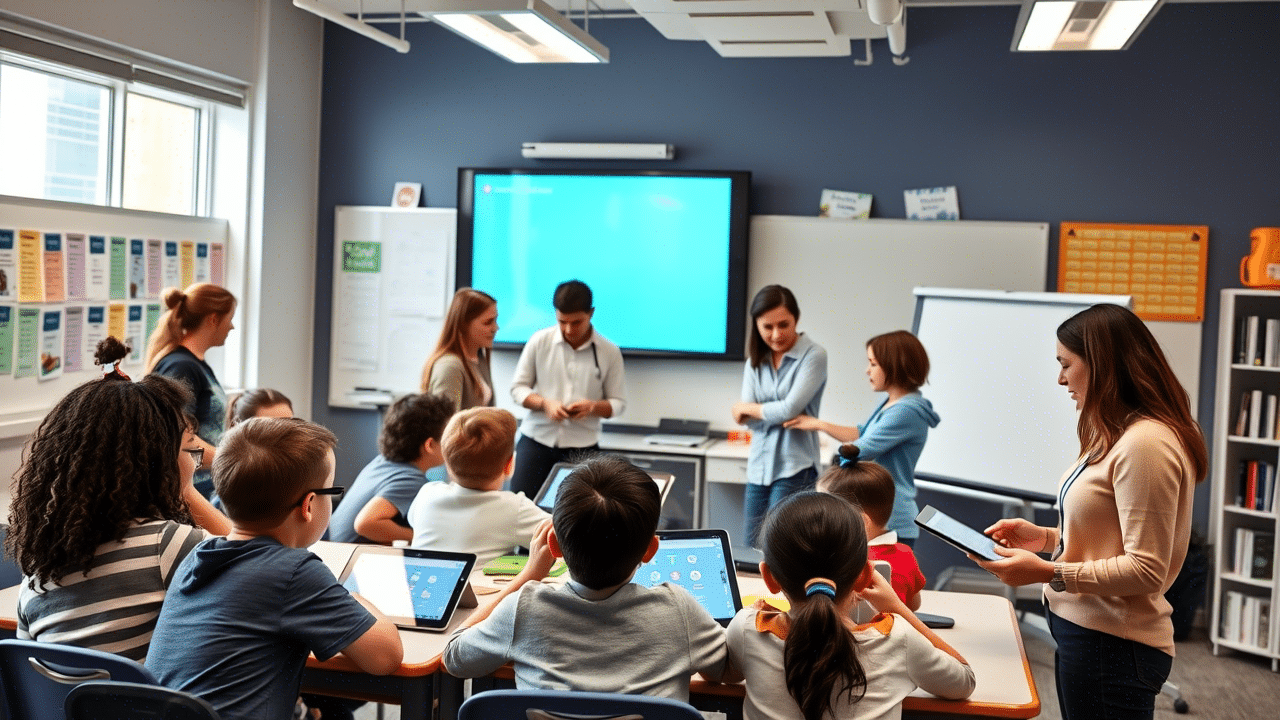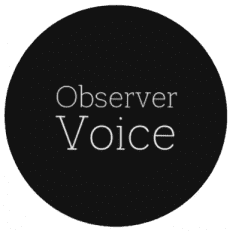Transforming Education Through Comprehensive Teaching Resources

In today’s rapidly evolving educational landscape, teachers and parents alike are constantly seeking innovative and effective resources to enhance learning experiences for children. The digital revolution has transformed how educational content is created, shared, and implemented in both classroom and home environments. At LearningMole, we’re committed to providing comprehensive teaching resources that meet the diverse needs of educators and parents worldwide.
The Growing Demand for Quality Educational Resources
Recent data analysis from LearningMole.com shows that educators and parents from over 240 countries access our teaching resources, with India, the United States, the United Kingdom, and the Philippines leading engagement. This global reach highlights the universal need for well-designed educational materials that can be adapted to various curricula and learning environments.
“What we’re seeing is an international community of educators who are passionate about providing the best possible learning experiences for their students,” explains Michelle Connolly, founder of LearningMole and former teacher. “Our most successful resources are those that combine educational rigour with engaging presentation – materials that capture children’s imagination while delivering meaningful learning outcomes.”
Beyond Traditional Teaching Materials
The evolution of educational resources has moved far beyond traditional worksheets and textbooks. Today’s most effective teaching materials embrace multimedia approaches, interactive elements, and personalised learning pathways.
Our analysis of popular content reveals that while fundamental educational topics remain in high demand – such as alphabet learning, grammar basics, and mathematical concepts – there’s growing interest in resources that address broader educational needs:
- Classroom Management Resources: Content related to school etiquette and classroom behaviour consistently ranks among our most-accessed resources, indicating that teachers are seeking support in creating positive learning environments.
- Cultural and Language Resources: Materials for teaching Hindi, Arabic, and other languages show significant traffic, reflecting the increasingly multicultural nature of today’s classrooms and families’ desire to preserve heritage languages.
- Cross-Curricular Content: Resources that bridge multiple subject areas, such as those connecting literature and history or science and mathematics, are gaining popularity as educators embrace more holistic approaches to teaching.
Accessibility and Differentiation
One of the most significant challenges in modern education is meeting the diverse needs of learners at different ability levels. The most valuable teaching resources offer built-in differentiation that allows educators to adapt materials to support struggling learners while challenging more advanced students.
“When I was in the classroom, I spent countless hours adapting resources to meet the range of needs in my class,” notes Michelle Connolly. “That experience directly informed how we develop our materials at LearningMole – we design with flexibility in mind, providing multiple entry points and extension opportunities within each resource.”
This approach has proven particularly valuable for teachers working in inclusive classrooms and parents supporting children with diverse learning needs at home.
Digital Delivery and Subscription Models
The shift toward subscription-based access to premium educational content has revolutionised how schools and families budget for teaching materials. Rather than making large one-off purchases of physical resources that may quickly become outdated, many educators now prefer the continuous access and regular updates offered by subscription services.
LearningMole’s video resource subscription provides educators and parents with an extensive library of high-quality educational videos that complement our free resources. This hybrid model ensures that core educational materials remain accessible to all while offering enhanced options for those seeking more comprehensive support.
Creating Effective Home-School Connections
Analysis of user engagement patterns reveals that resources supporting the home-school connection are increasingly valued by both teachers and parents. Materials that can be seamlessly used across both environments help maintain educational continuity and reinforce learning.
“The pandemic fundamentally changed how we think about the relationship between home and school learning,” says Michelle Connolly. “Even as we’ve returned to more traditional educational settings, that stronger connection has remained, with parents more actively engaged in their children’s education. Our resources are designed to support that continued partnership.”
Future Directions for Educational Resources
Looking ahead, several trends are shaping the development of next-generation teaching resources:
- AI-Enhanced Personalisation: Adaptive learning technologies that respond to individual student progress are becoming more sophisticated and accessible.
- Environmental Education: Resources addressing climate change, sustainability, and environmental stewardship are seeing increased demand across all age groups.
- Mental Health and Wellbeing: Materials supporting students’ emotional and psychological development are becoming essential components of comprehensive educational programmes.
- Digital Citizenship: As children spend more time online, resources teaching responsible technology use and critical media literacy are increasingly prioritised by educators.
Practical Implementation: From Resource to Classroom Reality
Even the most meticulously designed teaching resources can fall short if educators struggle to implement them effectively. Our research indicates that successful resource implementation follows several key principles that bridge the gap between theoretical design and practical application.
Strategic Integration into Existing Curricula
“One of the biggest challenges teachers face is finding time to incorporate new resources into already packed teaching schedules,” explains Michelle Connolly. “That’s why we design our materials to align with existing curriculum frameworks, allowing for seamless integration rather than creating additional work.”
This approach has proven particularly valuable for educators in the UK, where analysis of user engagement shows that resources mapped to National Curriculum objectives receive significantly higher utilisation rates. When materials clearly identify which learning standards they address, teachers can more confidently incorporate them into their planning.
Building Teacher Confidence Through Support Materials
Our usage data reveals that teaching resources accompanied by comprehensive support materials—including implementation guides, assessment tools, and differentiation suggestions—consistently show higher engagement metrics. For many educators, particularly those new to the profession or teaching outside their specialism, these supplementary materials provide crucial confidence-building support.
The most effective teaching resources acknowledge that the educator remains central to successful implementation. Rather than prescribing rigid methodologies, they offer flexible frameworks that respect teacher expertise while providing sufficient guidance for those requiring additional support.
Cross-Phase Continuity
Analysis of resource usage across age groups highlights the value of materials designed with cross-phase continuity in mind. Resources that build systematically on concepts introduced in earlier years help reinforce learning while reducing the planning burden on teachers.
“When I taught Year 6, I often found myself creating materials that bridged gaps in children’s understanding from earlier years,” notes Michelle Connolly. “That experience shaped our approach at LearningMole, where we develop resource collections that provide coherent progression across multiple year groups.”
This continuity has proven particularly valuable during educational transitions, such as the move from Key Stage 1 to Key Stage 2, where maintaining conceptual consistency helps children navigate changing expectations.
Measuring Impact Beyond Engagement
While download statistics and engagement metrics provide useful indicators of resource popularity, the true measure of teaching resource effectiveness lies in learning outcomes. Progressive schools and educational organisations are increasingly implementing formal evaluation frameworks to assess resource impact on pupil progress.
At LearningMole, we collaborate with educational researchers to conduct longitudinal studies examining how our teaching resources influence learning trajectories. Early findings suggest that consistent use of high-quality, curriculum-aligned resources correlates positively with improved pupil outcomes, particularly for disadvantaged learners.
Community-Driven Refinement
Perhaps the most powerful approach to resource implementation involves creating communities of practice where educators share implementation strategies, adaptations, and outcomes. Digital platforms now enable unprecedented collaboration between teachers across geographical boundaries.
“Some of our most successful resource developments have emerged directly from teacher feedback,” explains Michelle Connolly. “When educators share how they’ve modified or extended our materials to meet specific classroom needs, we incorporate those insights into future resources, creating a virtuous cycle of continuous improvement.”
This collaborative approach ensures that teaching resources remain grounded in classroom realities while benefiting from collective professional expertise. The most effective educational materials are now co-created through ongoing dialogue between resource developers and the educators implementing them.
Conclusion
The landscape of educational resources continues to evolve rapidly, responding to changing pedagogical approaches, technological innovations, and shifting societal priorities. For educators and parents seeking to provide optimal learning experiences for children, carefully curated, evidence-based teaching materials remain invaluable tools.
“At the heart of effective teaching is the relationship between educator and learner,” concludes Michelle Connolly. “The best resources strengthen that relationship by providing structure and inspiration while leaving room for the magic that happens when a skilled teacher connects with a curious mind.”
Observer Voice is the one stop site for National, International news, Sports, Editor’s Choice, Art/culture contents, Quotes and much more. We also cover historical contents. Historical contents includes World History, Indian History, and what happened today. The website also covers Entertainment across the India and World.

